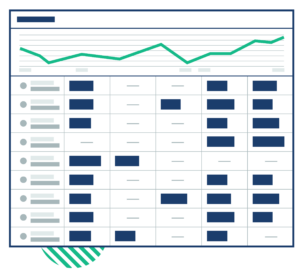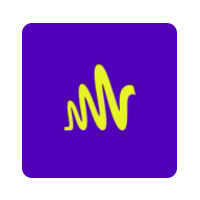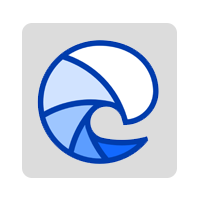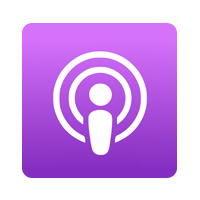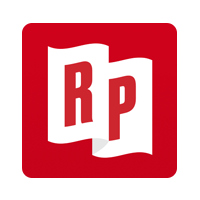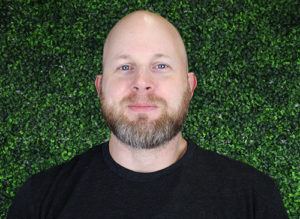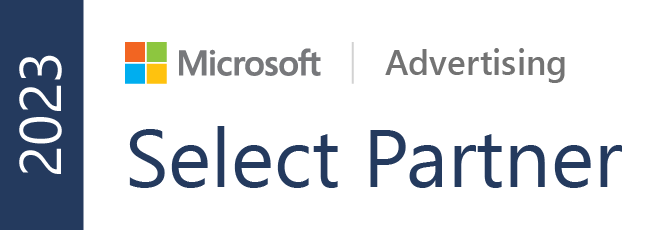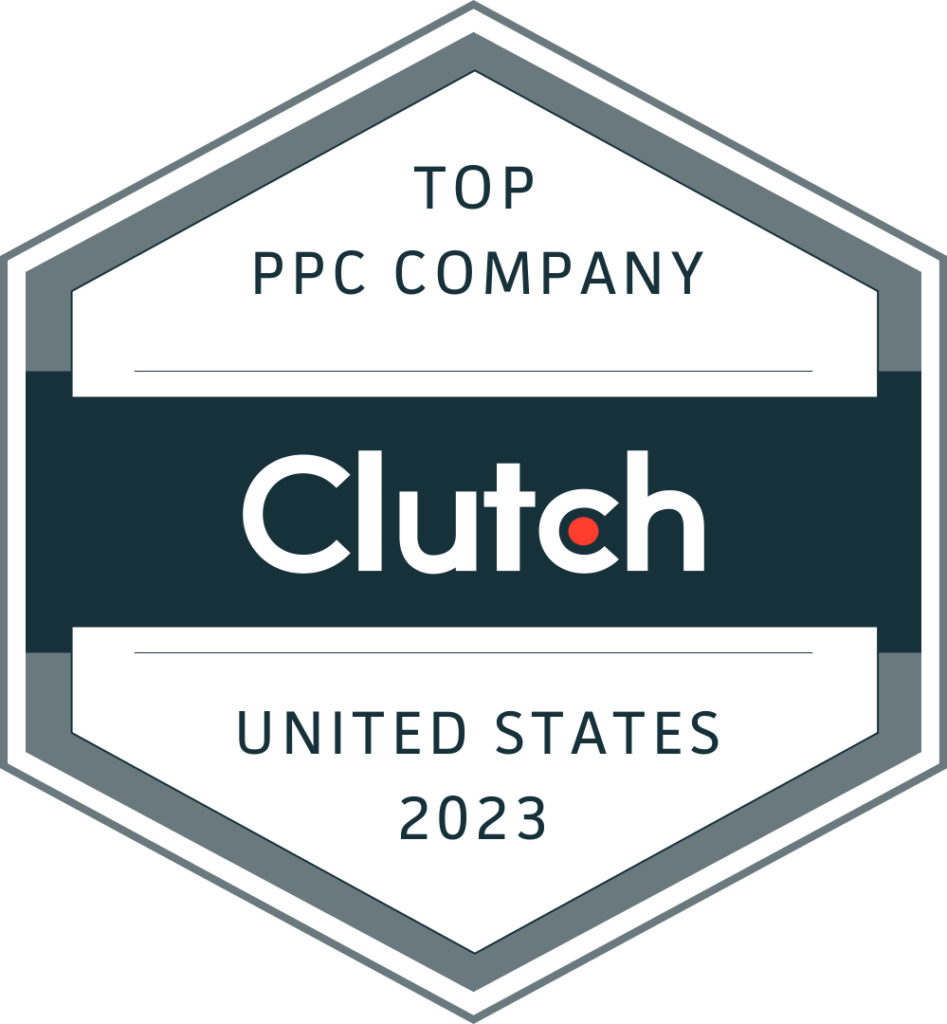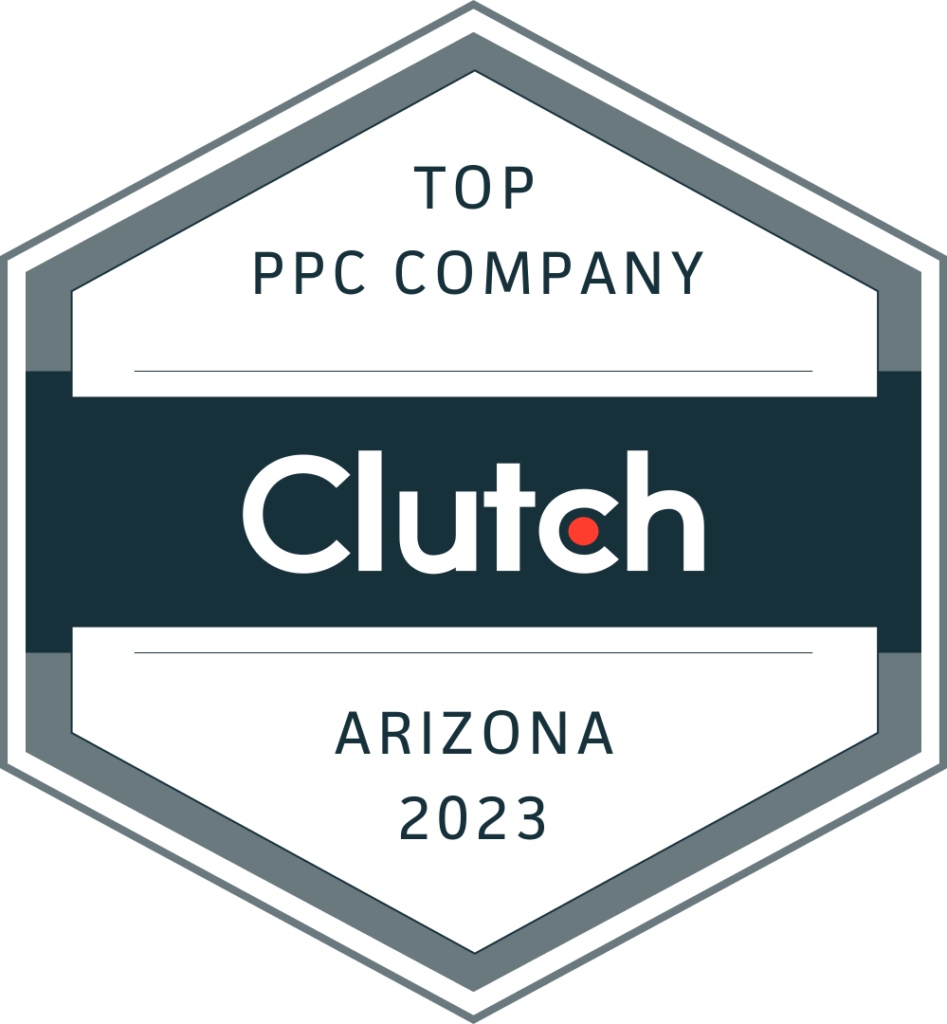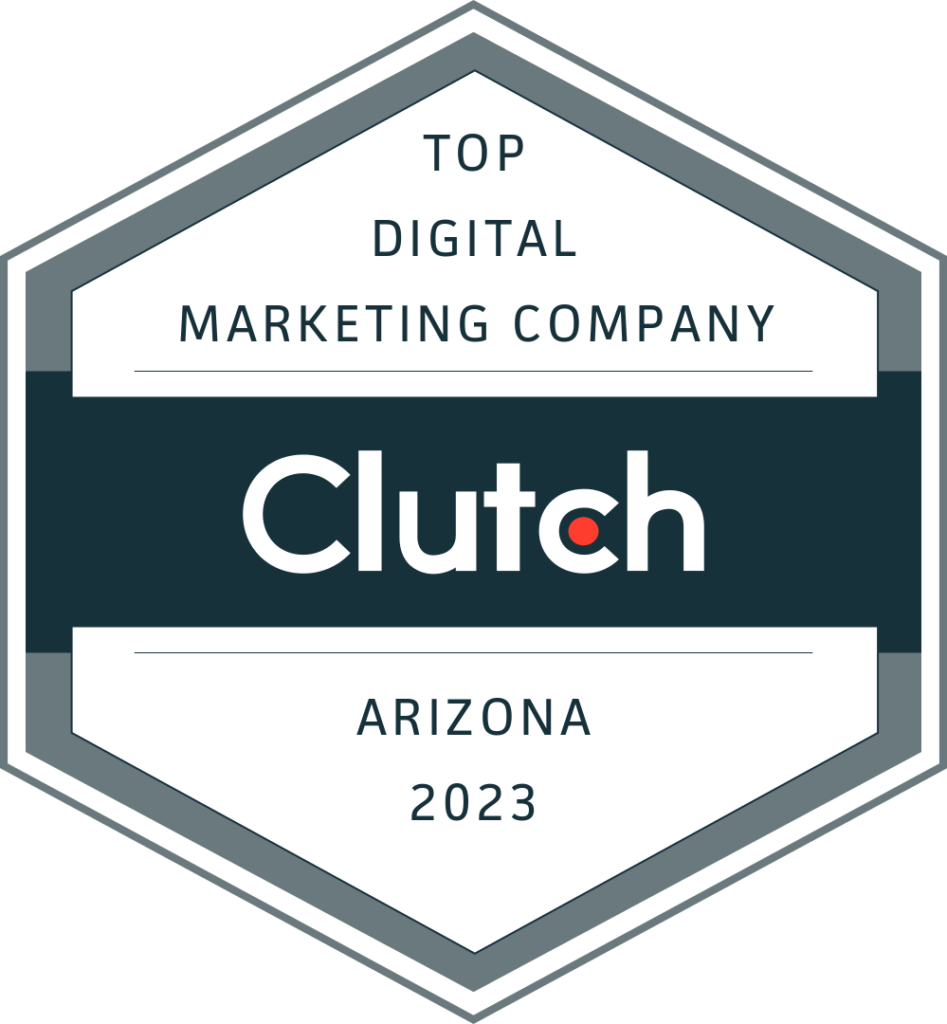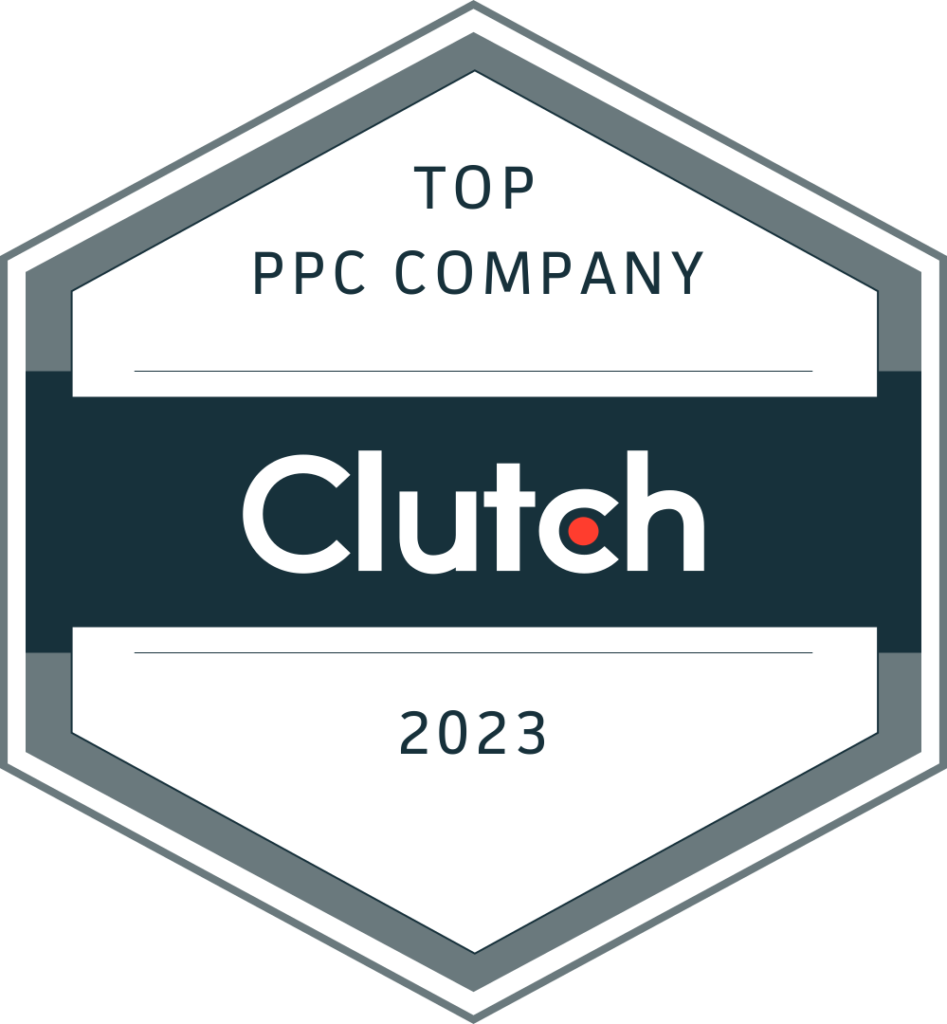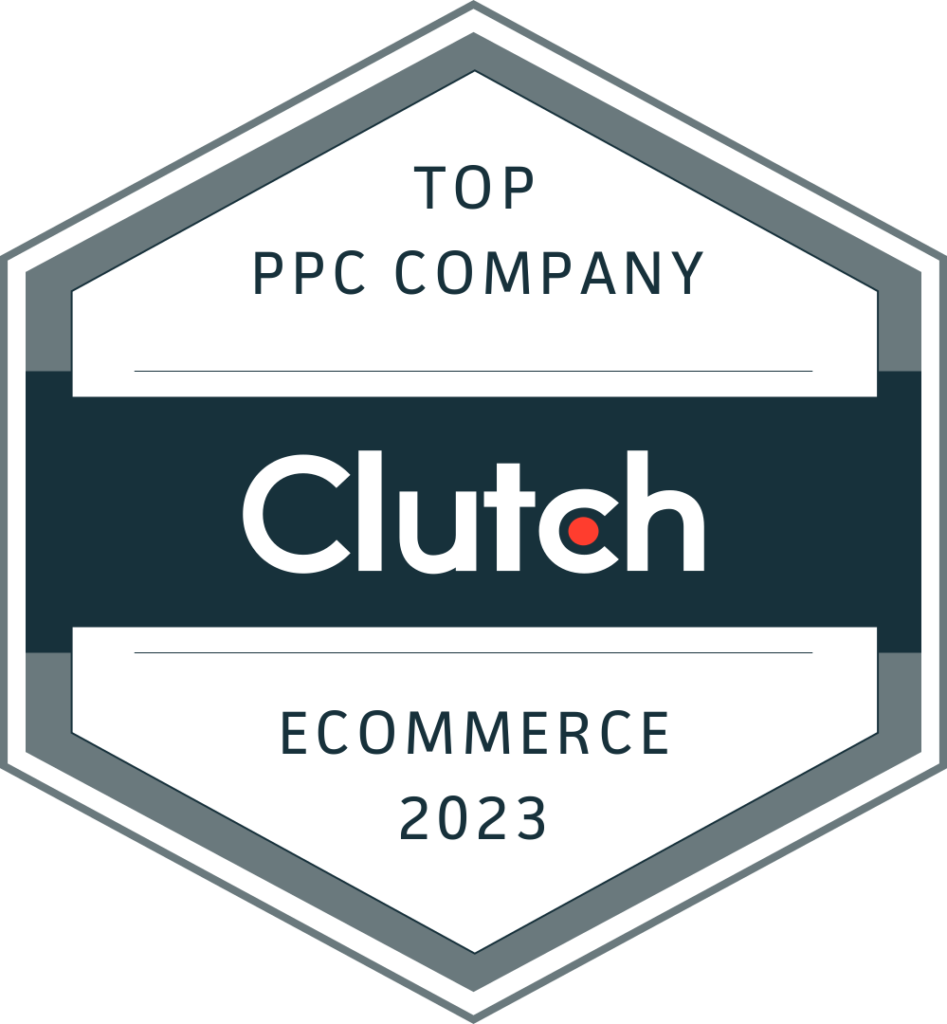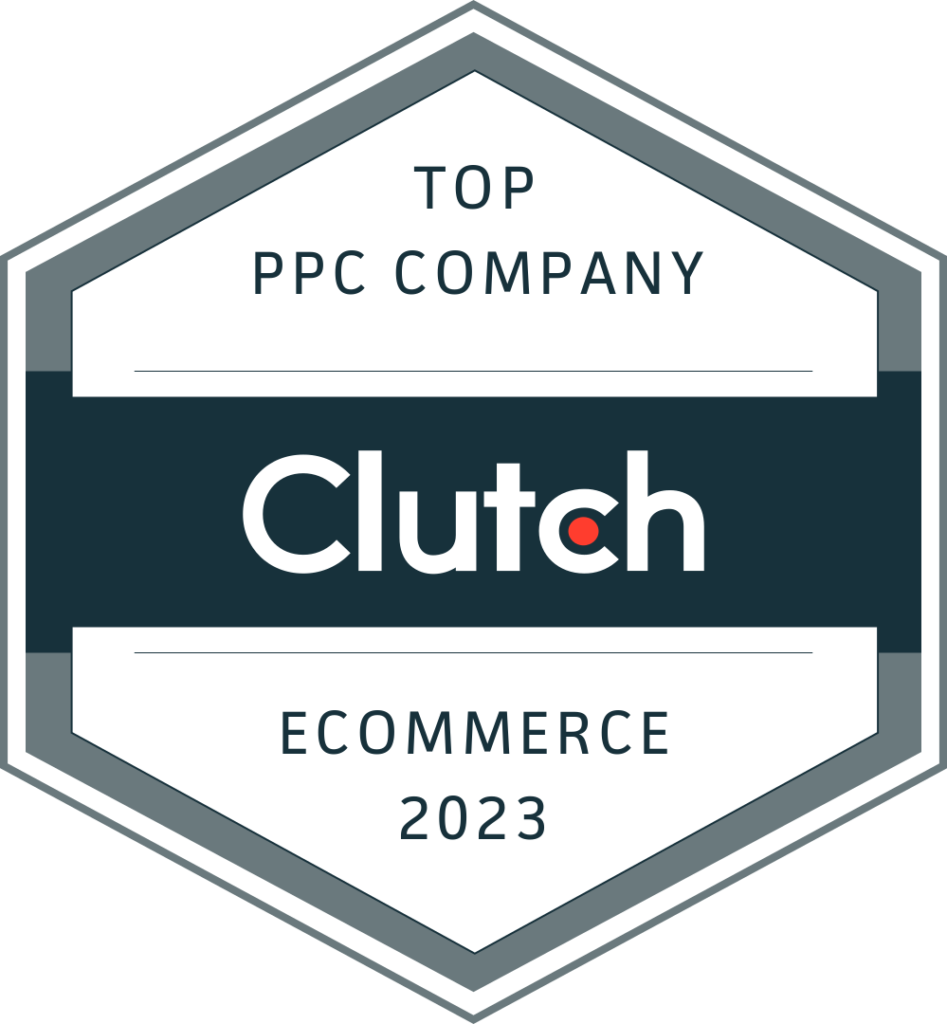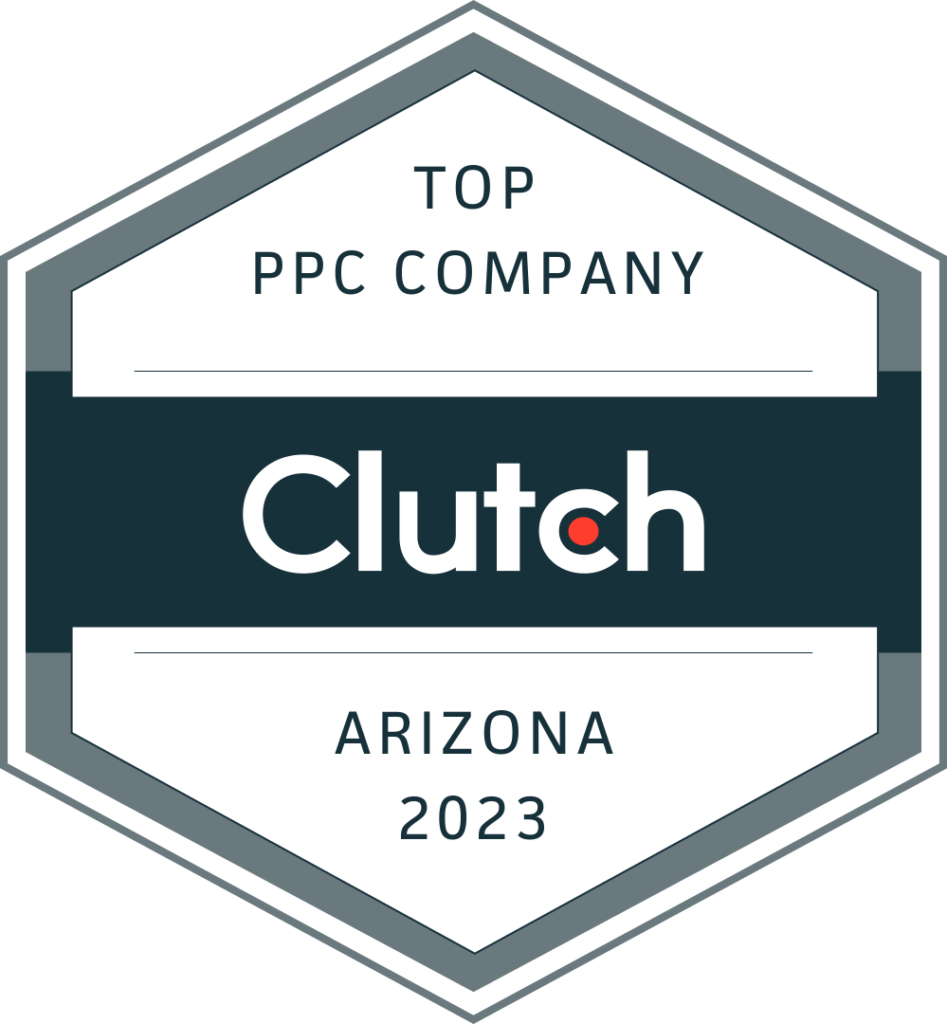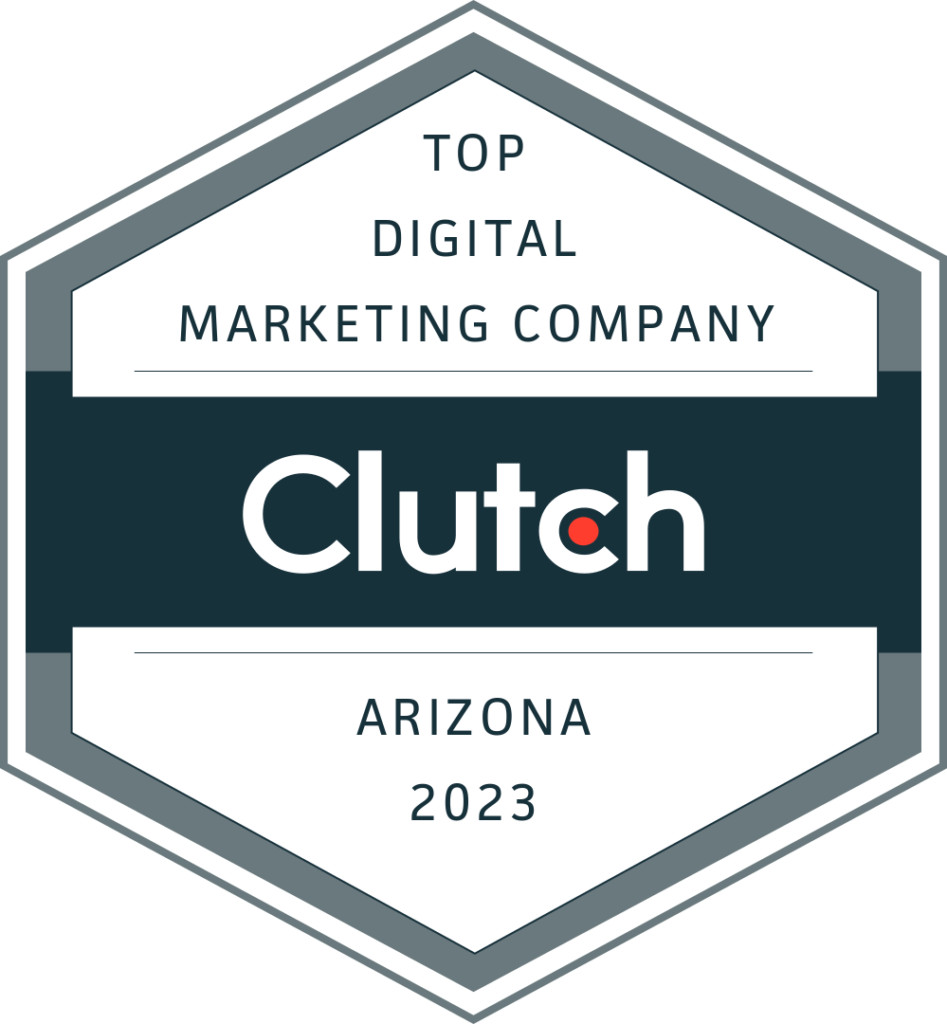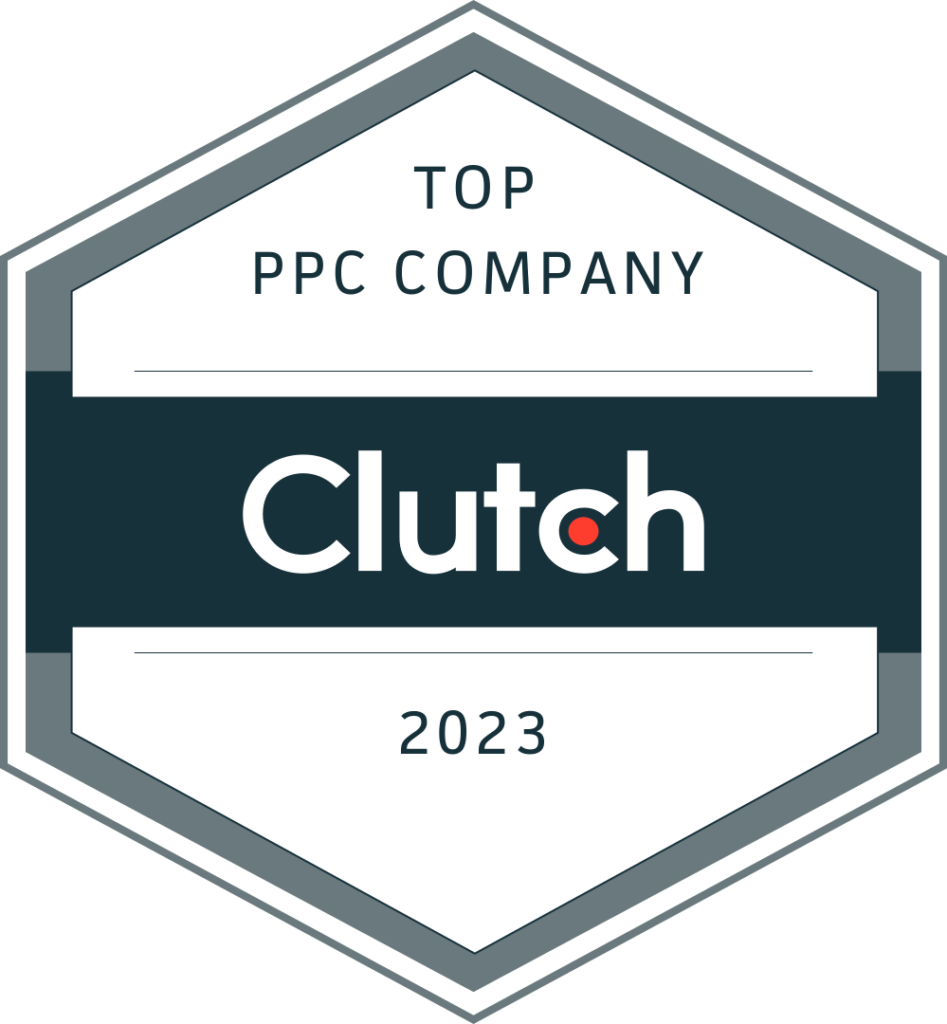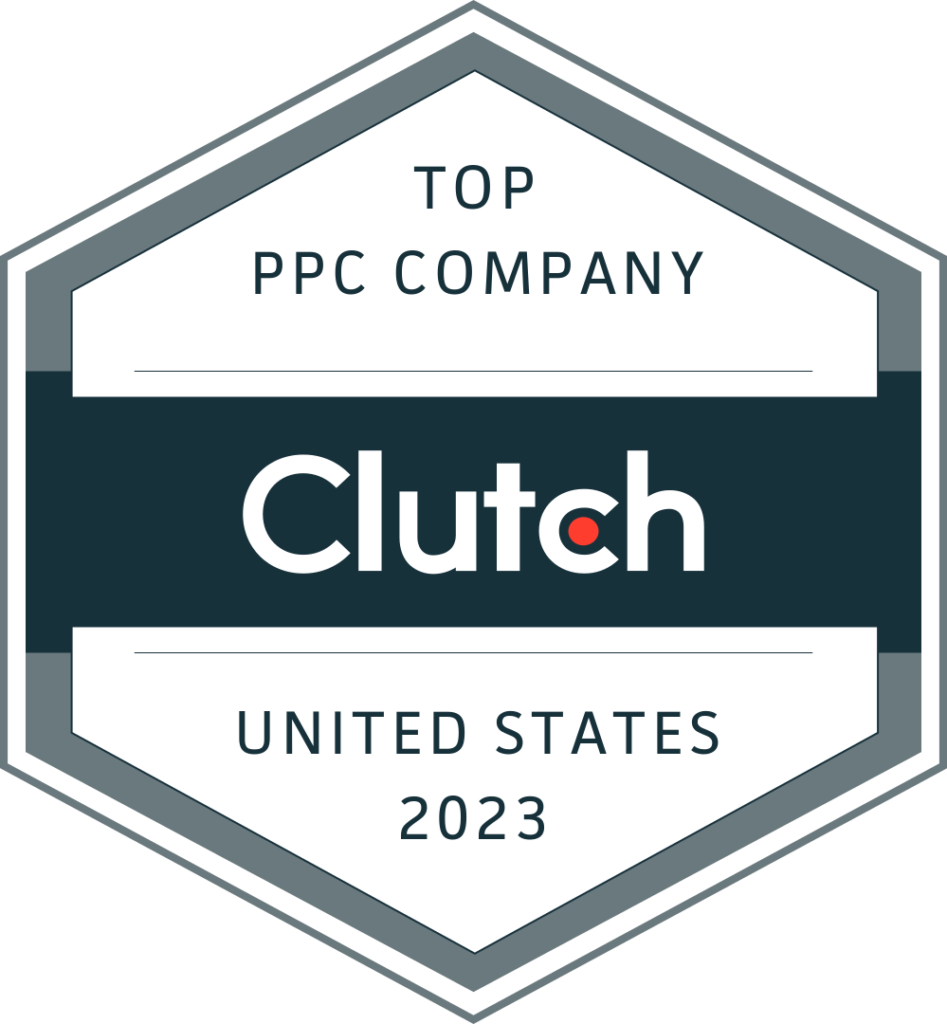
Episode 1
Single Keyword Ad Groups
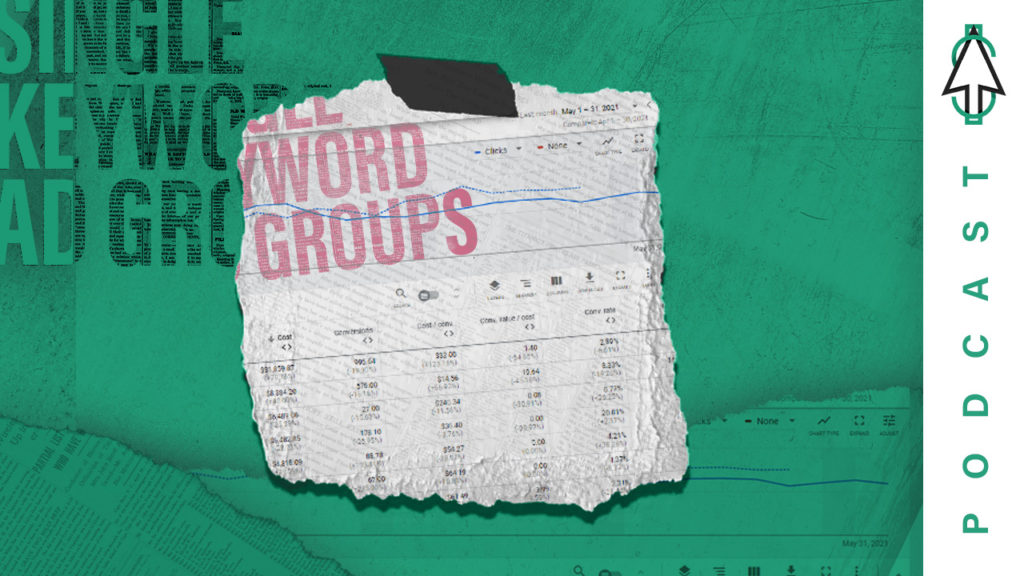
Watch
All right, welcome back and thanks for tuning into Paying for Attention, a podcast dedicated towards providing solutions for your deepest and heaviest questions regarding paid media. I am Daniel Danberg, a creative manager, and make it those. And today we are with our host, Keegan Brown and co-host Andrew Hollington. And today we’re going to talk about the pros and cons of single keyword ad groups. So let’s get started. For attention. All right, so again, we’re talking about the pros and cons of single keyword ad groups.
So, Keegan, what are Skags?
Thanks, Dan. So single keyword groups or Skags are literally what they what it says is every single key word gets their own ad group and therefore gets its own set of ads. And, you know, everybody has their own perspective on how many ads provide group, but we usually do either two or three. So that means that every single key word on our group own set of ads.
Very cool. Very, very cool. So let’s talk a little bit about kind of the pros of it then.
Yeah. So, I mean, the pros, there’s a lot of them, actually, and it’s something that we really feel strongly on setting up for our our clients in terms of their campaign structure for I would say nine out of 10 clients. But really, the pros are really the first one is click through rate. So because you have a unique set of ads for every single keyword, you’re all you’re able to create very relevant experiences for that searcher’s journey.
And so when they search a unique keyword, we’re giving them an ad that speaks directly to what they were searching for. And single keyword outgroups allows us to do that. So I really the first big pro is is clickthrough rate.
I think the the biggest point on that is, is relevancy. Right. We’re always trying to get the most relevant experience for each search query possible. And that’s really what Skags are all about. Right. We’re trying to match the the intent of the searcher with an ad that speaks directly to that to that search. Right. So so I totally agree with you on clickthrough rate. That’s that’s what you’re going to do to increase click through rate, is it?
Show them an ad that speaks directly to what they search. Right. The next biggest piece is definitely quality score and click through rate plays into that. Right. So, you know, when you’re looking at when you’re looking at factors of quality, score click through rate expected to click through it is one of the biggest ones. Right. Landing page relevancy. Another big one. They, they both go into it. Right. So they, they, they play into that, that factor of relevancy and increasing that relevancy for each search query is really what Skeggs are all about.
Yeah. And I mean when you increase the quality score, we see it time and time again every time we do this. So, yes, your point, Andrew, it gets more relevant. And the what we typically see is quality score for the first three or four months significantly improves that account level. And because of the increased click through and because of the increase quality score, we typically see about a 20 percent improvement in cost per click just by implementing that that structure.
And good, oh, I’m sorry, I was I’m sorry I was going to jump in because structure, I think is is really important with this. It’s a it’s a really, really clean way to structure your your campaigns. You can go to the you click through to the ad group level and you know exactly what’s going on. You label them by match type. Right. And that’s how we break them out. We break them out by exact match and previously was broad modified.
Now it’s now it’s worth more going towards today’s match. But that’s another topic for a future podcast. But you can see the performance at a at an aggregate level and know what keywords are going on from the addictive level. So you don’t you can really get your keyword performance from the aggregate level or the keyword level. You know exactly where they belong, what’s going on, what ad is speaking to them and things like that.
And that also just makes it easier for negatives as well. Right? If if you see a search query within a anad group and that certainly doesn’t match that keyword, then it doesn’t belong there either. You need to add its own keyword if it’s a good search query, but it doesn’t make sense for that keyword that you’re within that outgroup, then create a new outgroup new set of ads and have a unique keyword in that group for that. Or if it doesn’t match it, you should negate it and you actually need to negate it anyway and then create the other argument.
It’s a good one where you need it. So it makes the the negative keyword research extremely easy and straightforward because it’s either it matches or it doesn’t. And that should tell you what you need to do next.
So what do you guys think with perception from a client’s point of view with Skags, is there a negative perception of Herzberg’s or is there not? Because it seems like there’s like a little kind of underlining myth or that there’s a legend that Skags are bad? Is that true?
I, I would say it depends. I would say from my experience, the any of our clients that have had paid experience sometimes do have a negative connotation when it comes to Skags, when we kind of go through that process with a client who has maybe less experience with paid media in general, they seem to really understand the benefits of it. Would you agree?
Yeah, I totally agree on that. I think it’s once you once you really show it’s tough to get by in. Right. Right. There are negative connotations with it. And we’ll go into the cons in a little bit. But the I think the pros outweigh the cons when we have all these case studies. Right. Like like like you were saying, you get it, you get a 20 percent lift in and click through rate by doing this.
I think that’s a that’s an inherent benefit. The quality score is an inherent benefit. Once they start to see that performance, then it’s, you know, kind of the data speaks for itself. So it is tough to get by in on the on the on the client level. But once once you start to see results, it’s pretty easy to kind of ease those concerns. Yeah.
Drew. And really, the last one is and depending on the organization that, you know, is implementing Skags and their bandwidth that they have with their conversion rate optimization team is Skags really does allow for more landing page optimization. So basically, you can have a more unique landing pages for every single keyword. Rather, if you just have, you know, one ad group with 15 different keywords, you’re sending 15 different audiences. Technically speaking, to the same landing page.
And we know that those audiences are not going to perform the same way each time. So when you split it up into different ad groups, you’re able to actually separate the landing pages for each outgroup and control that messaging throughout the entire journey there. And we just see improved conversion rates on top of the click through and cost per click improvements that we typically see from just the structure.
So you’re not generalizing it, right? Exactly.
Yeah, I think that’s a really good point. And I kind of want to touch on that a little bit, because you might say, really, does each of my keywords need its need its own landing page? That’s overkill. That’s that’s crazy. Well, think about a simple service like pest control. You you want to you you have keywords, right. That are that are pest control exterminator. OK, those can go to a general landing page.
That’s totally fine. What about when someone searches for spider pest control or scorpion pest control? They’re looking for a specific service. If you’re landing page, your ad speaks directly to that. You’re just going to get the benefits of speaking directly to their query, getting that improved quality score. Then when they get to the landing page, they know that you’re speaking directly to that query that that they were specifically looking for. And you’re going to you’re going to convert it better just just generally.
Yeah. So now now we’re basically talking about user experience, that right now we’re talking about setting up the proper expectations from what they see in the ad to what they receive when they get to the landing page. And that’s where I think a lot of problems come in to handle these. We’ve kind of seen is this generalized right. Or they try to be very specific with their ads. But they wanted to go to one landing page, which then you’ll see conversions drop because you’re not speaking directly to that audience.
Yeah.
And and really what Skags really do on top of just the landing pages is provide a good search or experience from the search that they put in to the ad. Do they see to the landing page that they see and and an analyst experience when you’re actually going in and and optimizing and it’s looking you know, if the ad group says this keyword, you know, the keywords would be that, you know, search queries would be that. And the ad copy should be related to that in the landing page tabulated.
So it’s something that I think just allows for a very controlled environment the entire way through. And I think that that’s that’s that’s why it benefits the performance. But also that’s why Google rewards it, because Google’s goal is to make things more relevant to the surgery and give them a better experience throughout their whole process using Google. Because if they don’t, Google can’t make money because people won’t use Google anymore. And so when you follow that, it’s very straightforward on how to get that done.
So.
Very good, very good. So now we’ve talked a lot about the pros and raised a lot about the pros, so let’s talk about the cons. What are some situations where, hey, this might not work? Where do you think you can?
The first thing that most clients ask us, and I think a lot of more inexperienced analysts run into, is that it does take longer to implement because you’re building out unique adds and unique ad groups for each keyword. It just makes that process take more time. It does. And we know that. And we try to set those expectations with our clients, you know, as we jump into the the relationship with them is because it does take longer, but it’s totally worth it.
So I think the first thing is it does take more time to do and and that could get a little complex.
So jumping in before you answer, is that a budget concern, would you think, with clients is that they’re saying like, oh, it’s going to take more time, it’s going to take a lot more money, do you think?
I think the from my perspective is when somebody is about to get a new campaign started with us or with anybody, really, they’re excited. They want to get things started right now.
Yeah, yeah, yeah.
And so it’s more of just right away. They they they don’t want the delay. So they’re always kind of like, well, this is going to take two days or three weeks or six months, like what is it going to take because they’re just excited. I think for the most part they’re ready to see the benefits.
You actually you actually took the words right out of my mouth. I mean, it’s it’s it’s the balance right of clients are excited to get the campaigns off the ground. Yeah. We’ve we’ve obviously sold them on something that they that they are expecting good results from us. Right. And that’s that’s what we try and provide here. Right. Is those results right away, those quick wins. And it’s it’s it’s not a quick win necessarily. It takes time to implement it.
And so it’s just the balance of the leveling, the excitement with when is the right time to launch these campaigns when it, you know, is is done better than perfect. I don’t know. But know. Well, yeah. Well, you have to really weigh that in the balance, right.
Yeah. Yeah, yeah. Sort of says so. That’s the question. I mean is there more concern. Is it, is it. Yeah.
What is there to it. I mean I think the other con is really it because you’re just duplicating the amount of ads and ad groups throughout the whole process are not duplicating but just creating more ad groups than, than if you only had if you had ten keywords, private group, there’s more opportunities to make a mistake, to lose things, to not set the right bit adjustment or the right ad copy. Just it opens itself up to more mistakes. If if you’re not experienced, you don’t have a process in place to to to kuai that really.
Yeah. And what we see all the time from, from, I would say more inexperienced analysts is you just it’s, it requires a checklist and that’s, that’s what we’ve found is that we really need to create checklists around it because there are a lot of failsafes with these that you need to remember. Right. So one being we use exact match and end phrase match broken out separately, or you have to negate the exact match from the phrase match ADIRU.
That’s an easy thing to forget.
Yeah. Otherwise you’re going to have exact match keywords under the phrase match ad groups and you’re going to have the same exact search term in both groups. Right, exactly. Mean that’s just not that’s that kind of just doesn’t really meet the expectations of what Skags should really be and what it should provide for the account.
The other big thing I think we see a lot is that it stretches your campaigns too thin. We’re throwing in a lot of phrase match at Ad Group’s in there. Right. Those are going to pull in a lot of search volume when you’re you have to be really, really careful with how broad versus how narrow your keyword targeting is. It’s especially from the start, especially in limited budgets. You only have five K and we’re trying to hit all of your keywords.
You gave us this list of, you know, maybe you’re maybe you’re CEO, you’re trying to hit this list of keywords and and we’re going after it as well. Well, we have to be careful with how broad that is, right. Because these phrase match keywords are going to be pulling in a lot of different queries underneath them. And what we see a lot of times is that it stretches really, really, really thin that that budget, especially if it’s a smaller budget in a competitive industry, we’re talking ten dollar cost per click.
That doesn’t go very far on a five K budget, right? Yep.
Well, it sounds kind of maintenance heavy then. It sounds like you really got to have to watch it. What do you agree? Yeah, I mean, I think it’s important with any structure that you set up. Again, Skags isn’t always going to work for everybody, but. I would say for the most for the majority of of accounts, that is probably the best way to do it by setting things up from the very beginning really eliminates a lot of that made sense.
And it should make the maintenance actually easier than if you didn’t have Skags because it’s such a controlled environment. And and so, again, as Andrea pointed out, if you have checklists and a good to a process around setting up Skags, then the maintenance should be pretty light afterwards. But if you don’t, it can be very, very messy, which I think is at least when I got started too long ago, the first year or so, I didn’t like Skags.
It just seemed overkill and it seemed like how could anyone really manage this? And and so a necessary evil.
Yeah, exactly. Yeah. Yeah. So but then I was kind of forced upon me and and then I really tested it with some larger budgets, larger campaigns and saw the benefits and never looked back.
So learn the ways of Skags.
Yeah. I’m glad you hit on the ongoing process though. I think that’s a big thing with Skags is that as with anything and paid as we know, it’s an ongoing process. It gives us more opportunities for optimization. Yeah, you so I think a big secret. I’ll give you guys a piece of secret sauce. Is this having having an don’t don’t overdo it. You know, you can think of like this model. No. This model number and having a different ad group for each of those.
No, that’s that is what we would say is overkill. And what we do for that is we set up an open group is what we call it. Yep. Kind of air quotes open at group. And so that’s more of just like, you know, phrase match that are pulling in like, you know, this product model, Model X and and the phrase will pick up all of the model numbers. And then what you can do is you can go in there and in mind the search term data you are.
Is there significant search volume for a for a certain model? Sure. OK, awesome. Then now we know we need to put that into its own scag and that’s the ongoing maintenance of it is let’s put it into its own scag, maybe even make its own landing page. Right. So it’s that ongoing optimization as with anything in paid media.
That’s awesome. Yeah. I mean, gosh, this is a lot to take in and digest because you guys have gotten some really great details about this. So we’ve talked about the pros. You have talked about the cons. Pros definitely look like there outweigh the costs for sure. Yeah. So what about some takeaways? What are some key takeaways you guys would say like that we can give?
So first, I think, you know, Andrew hit on it earlier, is making sure you have checklists and akua process when getting this set up, because if you set it up incorrectly, it’s going to be very painful to manage. And so if you get that set up correctly in the beginning, the maintenance is actually relatively easy and and very straightforward for any analysts. So make sure you have some experienced, you know, analysts in there and creating a checklist and and and going through a process before actually launching.
I think that’s a really good point. It’s it’s time intensive process. You really have to hone up on your spreadsheet skills. Honestly, there’s there’s some there’s some quick formulas that we use all the time that we teach our analysts from day one. Yeah. It’s it’s really, really important to know concatenate for one. You know, there’s there’s shortcuts that make it not as daunting as it seems. Yeah. And that’s what we teach our analysts and that’s what we use on a daily basis, really.
Concatenation is my favorite Excel formula that’s so different every time. It’s a fun one. Yeah, well we are definitely Excel nerds here at megadose, but these are great. This is great takeaways.
A couple more really, as Andrew mentioned, the the open add group. It’s something that we didn’t do in the very beginning as we got started using Skags and as we got more familiar and more experience using them over the last several years, we realized that we kind of needed this at group that allowed for us to capture a little bit more wider net, but keep it in a controlled environment. One ad group, we know what it’s called, we label it differently than everything else.
That way we can go in mind that data and decide on which queries to negate and which queries that is their own outgroups and build new ads around.
Very cool. Very cool. Well, we have quite a lot to digest here with all this information. You guys have been awesome. You guys have definitely provided a lot of information about single keyword at groups and we’re looking forward to the next show. Yeah, we think everybody should tune it in that.
Listen
Your Shows Hosts
Have a Question?
If you have a question regarding paid media, fill out the form below and we will do our best in answering it in our show.
